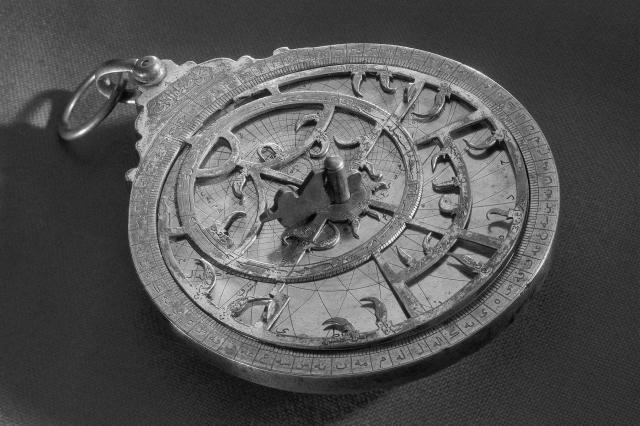 |
The ancient Egyptians had accurate pregnancy tests. |
Science & Industry |
 |
| |
| Details of the method were found on a papyrus scroll dating to around 1350 BCE. Potential mothers were advised to urinate on bags containing wheat and barley, and according to the theory, if the grains sprouted shortly after, it indicated pregnancy. A 1963 study reproduced the test and found it successfully diagnosed pregnancy in about 70% of expectant mothers. While the ancient Egyptians believed the test worked because of the life-generating power of childbearing, it's more likely that the heightened levels of estrogen in urine during pregnancy helped stimulate the seeds' growth. | |
| The seed method endured for an impressively lengthy period. Variations of the test were found in Greek and Roman medicine, Middle Eastern practices during the Middle Ages, and as recently as 1699 in a book of German folklore. The ancient pregnancy test also observed which type of grain grew first. "If the barley grows, she will get a boy child," the text of the papyrus stated, according to one translation. "If the emmer [wheat] grows, she will get a girl child." This prediction, however, did not hold up to modern tests for accuracy. | |
 | |
 | |||||||||
By the Numbers | |||||||||
| |||||||||
| |||||||||
 | |||||||||
| |||||||||
Live frogs were used for pregnancy tests in the mid-20th century. | |||||||||
| Expectant mothers have relied on some rather unconventional pregnancy testing methods throughout history. One test involved the Xenopus laevis, or African clawed frog, and it was used more recently than you might expect. In the late 1920s, British scientist Lancelot Hogben began experimenting with injecting female species of the frog with urine. If injected with a pregnant woman's urine, the amphibian produced eggs within about 12 hours as a result of a human hormone now known as human chorionic gonadotropin (hCG) — the same hormone that detects pregnancy in modern tests. Similar tests had previously been done on animals such as rabbits and mice, but the frog test, known as the Hogben test, was favored for its humanity to the animal. (Because the frog secreted its eggs on the outside, it did not have to be dissected during tests.) From 1930 up until the 1960s, thousands of African clawed frogs were exported for pregnancy testing throughout the world, before the method was replaced by immunochemical test kits in 1968. | |||||||||
 | |||
Recommended Reading | |||
 | |||
| | |||
 | |||
| | |||
| + Load more | |||
| |||||||||
| 700 N Colorado Blvd, #513, Denver, CO 80206 | |||||||||
|





No comments:
Post a Comment